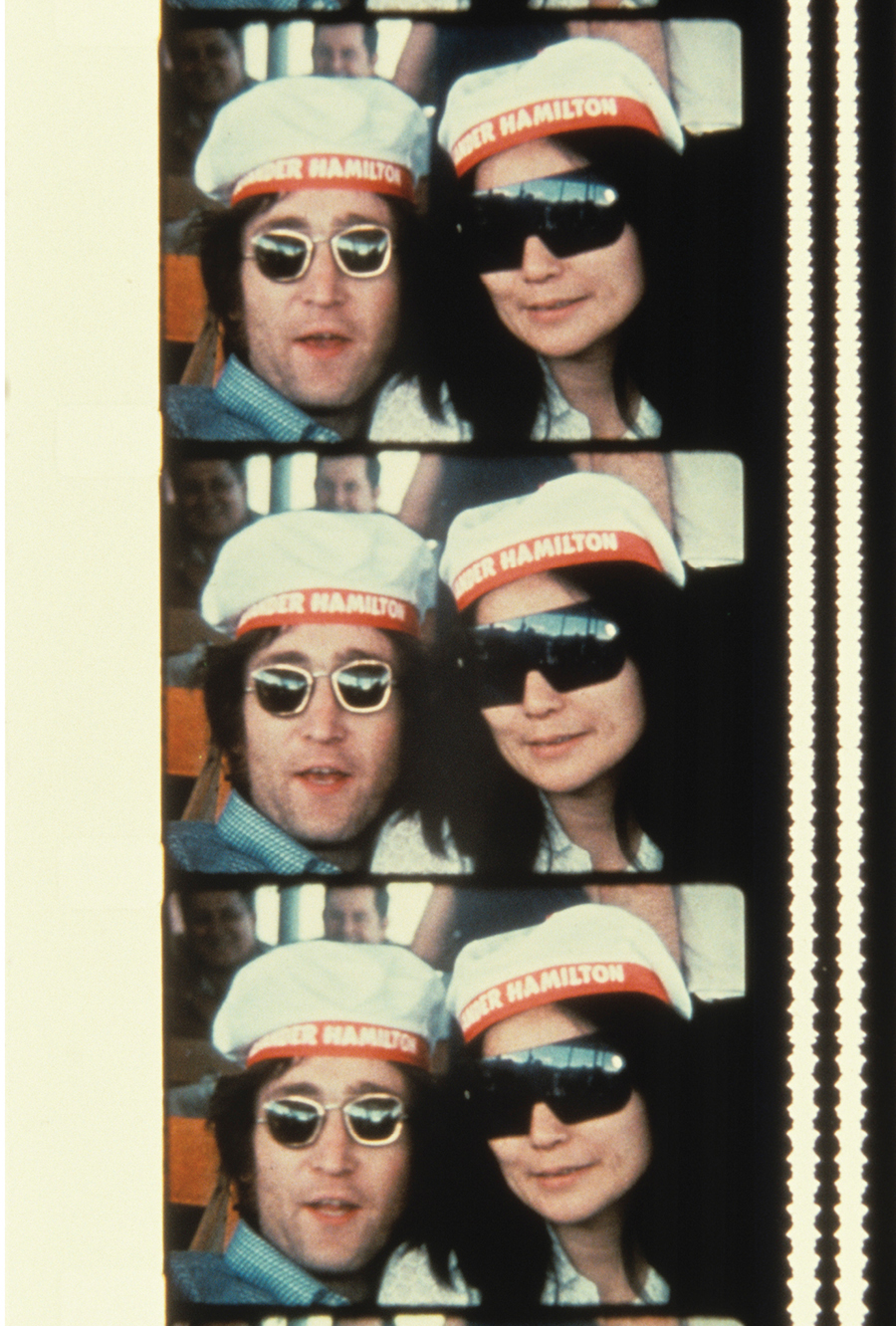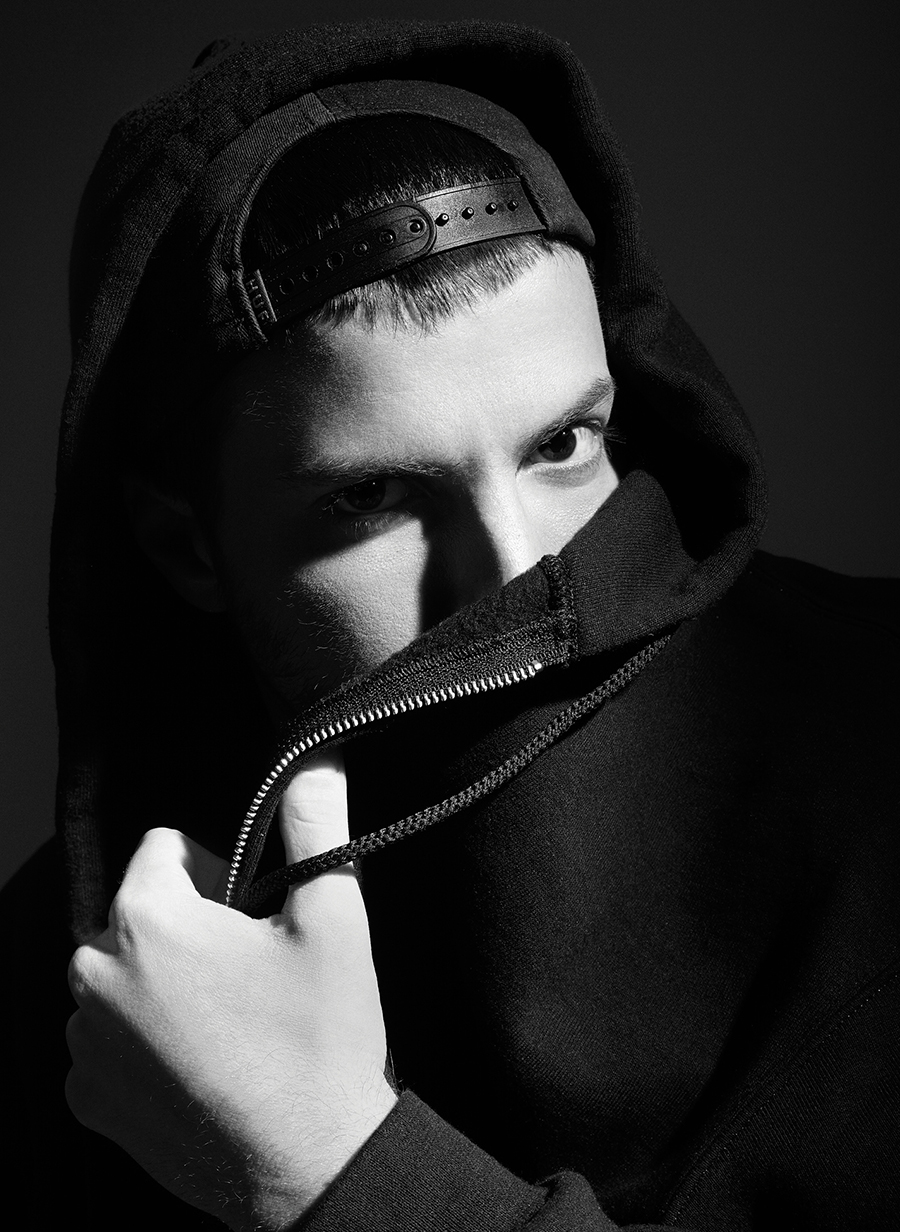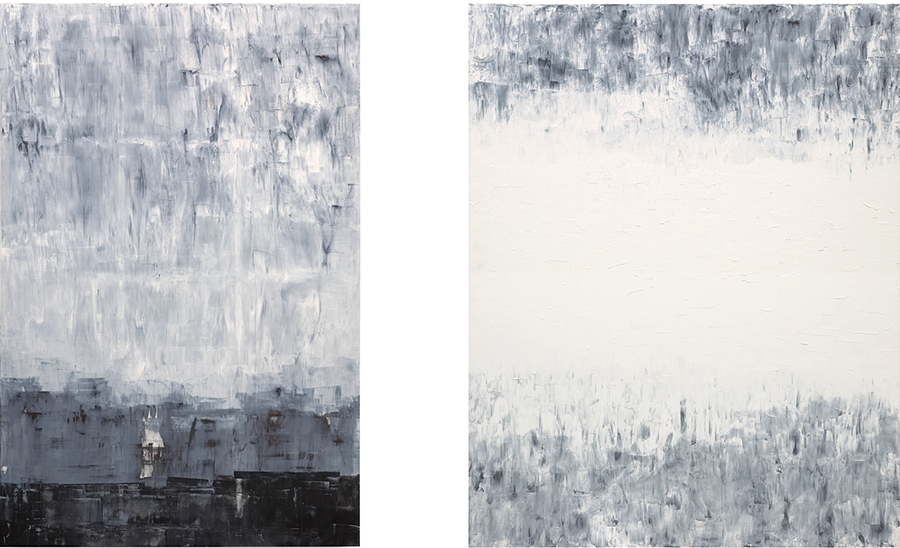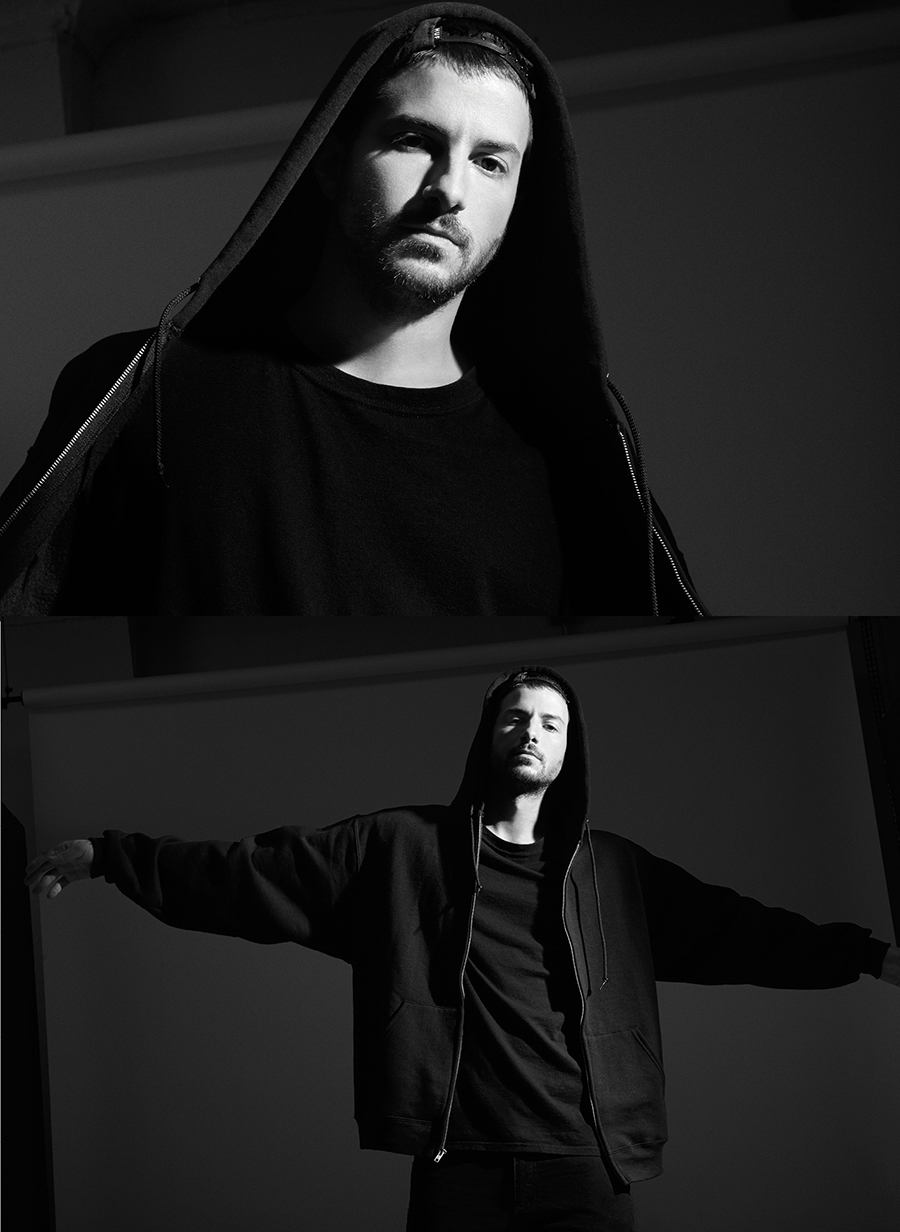PIERRE ET GILLES
 40 ans, 2016, Model : Pierre et Gilles, Without Frame : 105 Å~ 84 cm, With Frame : 123.5 Å~ 102 cm Galerie Daniel Templon, Paris˝ Pierre et Gilles, Courtesy Galerie Templon, Paris et Bruxelles
40 ans, 2016, Model : Pierre et Gilles, Without Frame : 105 Å~ 84 cm, With Frame : 123.5 Å~ 102 cm Galerie Daniel Templon, Paris˝ Pierre et Gilles, Courtesy Galerie Templon, Paris et Bruxelles
Interview by Alvio Mancuso
Intro by Benjamin Price
Pierre and Gilles met in Paris in their 20’s and soon thereafter, they began an artistic collaboration that would influence a whole generation of creatives. Before meeting in 1976, Pierre had established a career as a photographer and Gilles as a painter. Once Gilles took his brush to the first portrait, their union as artists was formed. Pierre and Gilles have worked in unison for forty years, photographing icons such as our cover star Rossy de Palma, Kylie Minogue, Jean Paul Gaultier, Karl Lagerfeld, Madonna, and so many others, all of which have been catalogued in a fabulous new book entitled Pierre et Gilles: 40, published by Flammarion.
Their work explores concepts of identity and how we view celebrity, culture, sexuality, and ourselves. Photographing everyone from icons in popular culture to strangers they found on the streets of Paris; Pierre and Gilles create fantastic dreamscapes and insert their models into the realms which they create. Images are then edited, and through Gilles’ paint and airbrushing, they are manipulated manually for color, light, and anything else the duo seeks to create. Transforming people into mermaids, Hindu goddesses, and monsters, their work questions our perception and blurs the boundary between reality and fantasy, ugly and beautiful, boy and girl, etc. The two brilliant artists had time to sit down with Iris Covet Book and discuss their lives together, their career, their models, and their future.
How did you meet and when did you realize that you were going to have such a fruitful artistic relationship?
Gilles: We met in September 1976, it’s been forty years. We met at a party thrown by the designer Kenzo (Takada) for the opening of his boutique at Place des Victoires.
Pierre: It was love at first sight. It was a good party, we were all drinking and Gilles jumped me! Then we left the party on a scooter and we haven’t left each other’s sides since.
Gilles: Pierre was a photographer, and I knew his photographs and his work. I was painting and making collages and after a few months we started to work together. It came to us very naturally. We were each doing our individual jobs and ended-up helping each other and sharing ideas. One day I got the idea to paint on one of Pierre’s photograph because the colors were not right for our vision, so I started to paint the eyes and the face, and we found something we loved and we worked together from that day forward.
Pierre: After that we never wanted to work separately and we didn’t want to work with anyone else. Only the two of us.
What was your first project together, and do you remember what the experience felt like collaborating with your lover for the first time?
Pierre: Our first project was a series of photographs of our friends inspired by photo booth picture strips because Gilles had a big collection of those from many years ago.
Gilles: I was addicted to these photographs! I was taking them every day and asking all of my friends to be in them. I started a huge collection. We got inspired by these photographs because the colors were really bright. Then we started a series of Polaroids with our friends; they were making faces and having fun, but we thought that the colors were not bright enough, so I painted the colors and retouched the faces and felt we found something important there. We were so happy, and working together was so comforting. We felt that we were lifting each other up. Pierre had his own personality, and I had my own, but we totally felt that we were completing each other since that first project together. Pierre was more into fashion and I was an artist drawn by contemporary art; putting our two personalities together was good for each of us. You have an instantly recognizable aesthetic to your work, how did you develop your distinctive style?
Pierre: To have a style comes naturally, you don’t have to look for it.
Gilles: It came pretty naturally, but when you see the first image that we did together called Les Grimaces, a series of nine portraits on different colored backgrounds, you can already recognize our style. Of course it evolved and was more pop at that time. You need to stay true to yourself, and we did stay true to ourselves. We were inspired by pictures that we would see on the street markets in Morocco; they were de-saturated portraits of celebrities. We also both grew up surrounded by the Pop Art of Andy Warhol, and other artists like him, which inspired us as well. Our style comes from a lot of different elements: image conception, light, the way we paint the photographs: it’s our spirit.
You work in a multi medium platform: photography, painting and even set design and building. Why is it important for you to work this way?
Pierre: We are very crafty, and we love to do everything ourselves from the beginning till the end.
Gilles: Above all else, what we like to put forward is the subject (that we our photographing) because our subject is the inspiration. We started with the photo booth inspired photographs which were mostly portraits; we have always done portraits with the body and the stage as well. However, most of the time we focus on only one person. It can be more, but it is very rare for our usual work. There are icons that we love whom we are drawn to because of their personality. Our models are very different, all with different origins, sexuality, and every body type from very muscular to slim. We love unique people and love to explore the differences.
Pierre: We want to be part of our subject’s world.
Who were your early influences or mentors?
Pierre: We were very inspired by cinema.
Gilles: Pop Art was also something that was very important for the two of us. I have loved Andy Warhol since I was fifteen years old when I discovered his work and his personality. He wasn’t hiding who he really was: his homosexuality, his life, and the people that he surrounded himself with. We were inspired by the movies from James Bidgood like Pink Narcissus. We found in his movies a sensibility that resonated with our own. Your big breakthrough was a shoot you both did for Facade magazine, and it included pictures of Andy Warhol, Iggy Pop, and Mick Jagger.
 Vénus marine, 2000, Model : L.titia Casta Without Frame : 122.5 Å~ 91.5 cm, With Frame : 228 Å~ 164 cm The Cultural Foundation EKATERINA, Moscou ˝ Pierre et Gilles
Vénus marine, 2000, Model : L.titia Casta Without Frame : 122.5 Å~ 91.5 cm, With Frame : 228 Å~ 164 cm The Cultural Foundation EKATERINA, Moscou ˝ Pierre et Gilles
What happened when those photos came out and how did you feel about the publicity?
Pierre: Yes, it was very impressive to meet these people.
Gilles: We started strong with all these personalities; it was an underground magazine for a small audience, a bit like the equivalent of Interview Magazine at that time. Working with these celebrities brought us to the spotlight and that is when it really started for us. First, we were working only for magazines and then we did our first music single cover for Amanda Lear. We were working for press, newspapers, different magazines like Gai Pied and Playboy, fashion show invitations for Thierry Mugler, etc. We were doing a lot of different things and it was a very good training for us.
Much of your work is inspired by celebrity, mythology and religion. What is it about these themes that draws you?
Gilles: That’s true we do work with these themes. We like when people play a role, but a tailored role that will fit their personality. A role that we feel they can play and that will elicit our sensitivity. For instance, when we shot Karl Lagerfeld, we thought of his cat and then we thought about the James Bond movie Spectre and the cat in it, so we sat him in a big chair with his cat. We mix reality and fiction, and we play with different elements that will fit with our model’s personality.
Pierre: We also play with color and try to find the color that fits with the person we are photographing. We have a very close relationship with all the people we work and we had worked with. When we look at our work, it’s like a family album. It’s a mix of celebrities, but also unknown people and friends. We love both worlds!
What are the qualities that you look for in a potential male model for your art? Are their any nuances in masculinity that you are attracted to?
Pierre: It depends a lot on what we want to express at the time of the shoot.
Gilles: We work very rarely with models from agencies, and we like to work with unique personalities. We are mostly drawn by someone’s personality first. We don’t have any definite physical features that we like to work with; we can work with someone very androgynous, very masculine, very slim, very muscular, with unique facial features. We love to express something different and create different emotions.
Do you have recurring muses that you have worked with over the years? If so, what has made your collaboration with them successful?
Gilles: We have recently worked a lot with Zahia. Also, Marie France with whom we worked with when we began until recently. Zuleika (Ponsen) was a muse since the beginning whom we photographed a lot. She starred in our portraits called “La Meduse”, “La Pleureuse”, etc.
Pierre: We worked with Dita Von Teese as well and we actually are currently working again on a new portrait of her. We photographed a lot of boys as well that are not necessarily well-known.
Gilles: We love to work with all these people because they inspire us, they just understand our world and they can play so many roles.
How does it feel to have four decades of celebrated art work under your collective belt with a highly anticipated retrospective book Pierre et Gilles 40 commemorating your careers?
Pierre: We did this book year-by-year instead of doing it by theme. It allowed us to see the evolution of our work through the years.
Gilles: Our style is still here but has evolved. We started with something more Pop and simple “mise en scene”, and then you can see that we evolved to something more complex and developed. The models change through the years. It reminds them of the good memories of working together when going through the book. It’s been a fantastic journey through the forty years. We are so happy to see what we did, but we are not nostalgic, just excited for what is coming next.
What do you think about the reaction audiences have had from your work throughout your forty-year career? Do you see a difference of how U.S. audiences react versus European?
Pierre: We feel that our images can touch people everywhere in the world…
Gilles: …In Japan, Russia, Australia, Europe, America… we don’t feel like there are a lot of borders.
How does it feel to have used your revolutionary subject matter and style to bring a mainstream voice for gay culture?
Pierre: It was pretty natural. We didn’t really have to put it forward, but naturally, as we are a couple and we did not hide it, it came out. Also, the inspirations which we followed with sincerity touched the gay community. We received a lot of letters from gay people who told us that our work helped them to accept themselves and their sexuality.
Gilles: As we said, our work explores the difference between individuals and shows people the beauty in homosexuality, and that is very important to us as well. What was one of your most memorable photo shoots that we will find in your new book?
Pierre: It’s pretty hard for us to choose because every shoot is unique. Every time we meet new people it is a new surprise. As we live in the present, we love the last images that we did. For instance, we just photographed Beatrice Dalle whom we have known and loved for a long time.
Gilles: We recently shot K-Pop celebrities, and we loved that very much as it was new and interesting to us.
You have worked with some of the most iconic artists, designers, performers, etc. including Madonna, Naomi Campbell, Dita Von Teese, Kylie Minogue, Karl Lagerfeld, Mick Jagger, and Iggy Pop; what was your favorite collaborative experience?
Pierre: I loved to photograph Sylvie Vartan as she was my idol when I was a child and as a teenager; I was way more impressed when I met her than when I met Madonna or Kylie Minogue for example (laughs).
Gilles: Though meeting Madonna was also an amazing experience, she was at the Ritz Hotel in Paris and she made someone call us to go meet her, and that same night we went to the Zingaro Circus together with Jean-Paul Gaultier. It was in the 90’s. They are incredible memories. We met Kylie Minogue in Sydney when she came to our exhibition, and then we shot her in Sydney. We have worked with a lot of amazing, unique, and different personalities and it has given us these incredible memories.
Are there any celebrities, designers, or artists that you would like to work with that you haven’t yet?
Gilles: Yes, for sure! There must be people we didn’t work with that we’d like to, but we like surprises so we’ll see. It comes to us pretty randomly depending on people we meet and the occasions. It takes time, but we trust the future.
In a digital age where people can easily manipulate photos via Photoshop, why is it important to you to stay true to a more organic process of airbrushing and acrylic paint that you have perfected?
Gilles: We started retouching pictures way before Photoshop. At that time the pictures were almost never retouched. Even today we stay true to ourselves following the same process. We still retouch everything by hand and we still build our set in studio. The only thing we changed is that we started to shoot digital, but it has not been a long time that we switched maybe two years, and we are happy with the result.
Pierre: We really stay true to ourselves, we stay very artisanal and crafty. We love to build our own sets. Our models are really (physically) displayed in it. We are a very small team and we love to do everything ourselves. We just have an assistant and the both of us. We take care of each step of the process from the set design to the final frame we use for each photograph.
When your careers first began in 1976, did you find it hard to gain acceptance from either realm of art or fashion?
Gilles: There were people that loved our work since the beginning and were very supportive. We waited until 1983 to do our first exhibition due to the fact that before that people and art galleries were not ready to show our work. It happened only in 1983. We started with the smaller formats, and now we exhibit our bigger formats, but the most important thing for us this whole time has been to stay true to ourselves.
In the future, what projects can we expect from you?
Pierre: Just the continuation of our work. A new “novel to follow” (laugh). .
 Sainte Mary MacKillop, 1995, Model: Kylie Minogue Without Frame: 85.7 Å~ 71.4 cm, With Frame: 112.7 Å~ 98.5 cm, Collection St.phane Sednaoui, New York ˝ Pierre et Gilles
Sainte Mary MacKillop, 1995, Model: Kylie Minogue Without Frame: 85.7 Å~ 71.4 cm, With Frame: 112.7 Å~ 98.5 cm, Collection St.phane Sednaoui, New York ˝ Pierre et Gilles
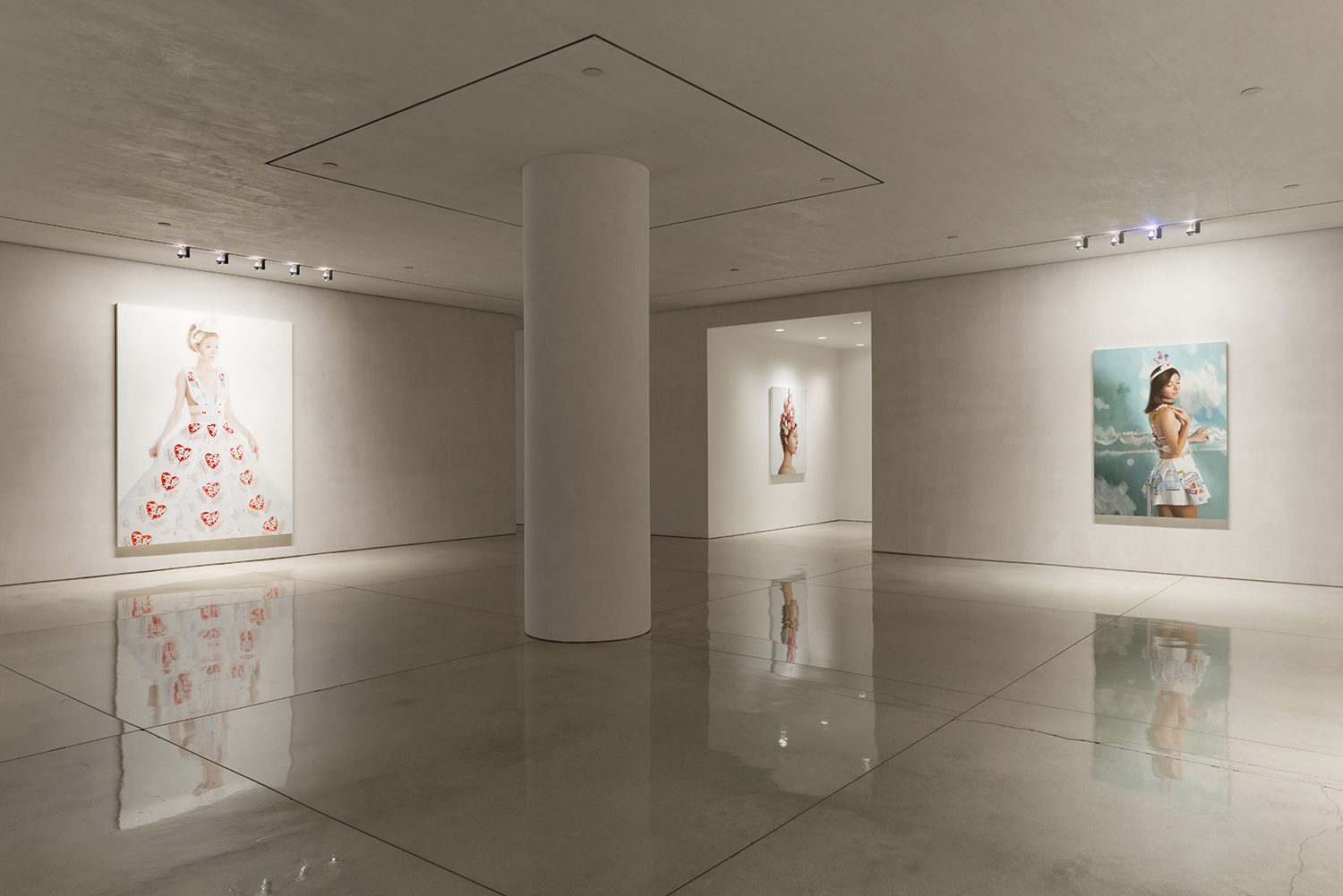
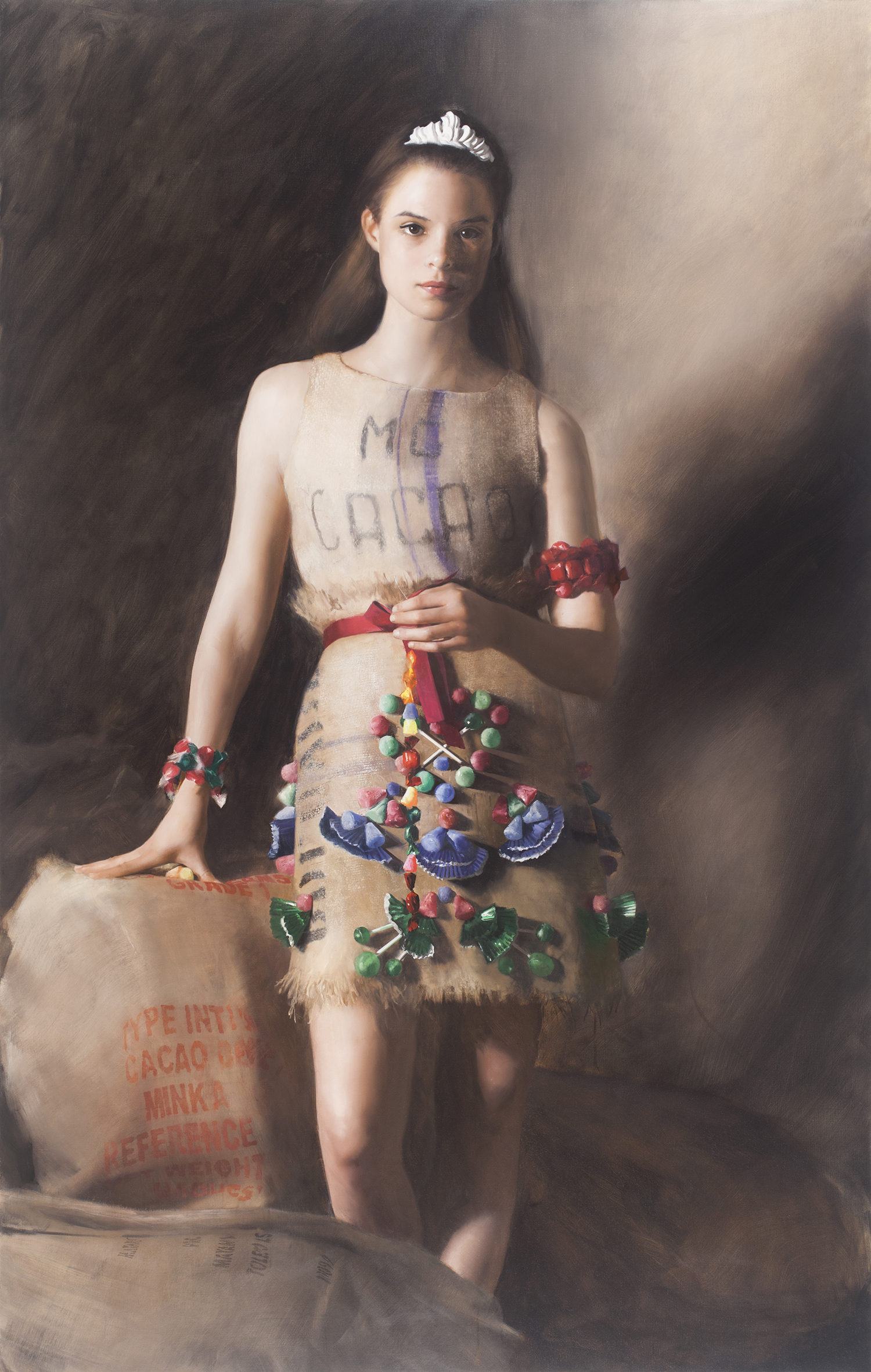
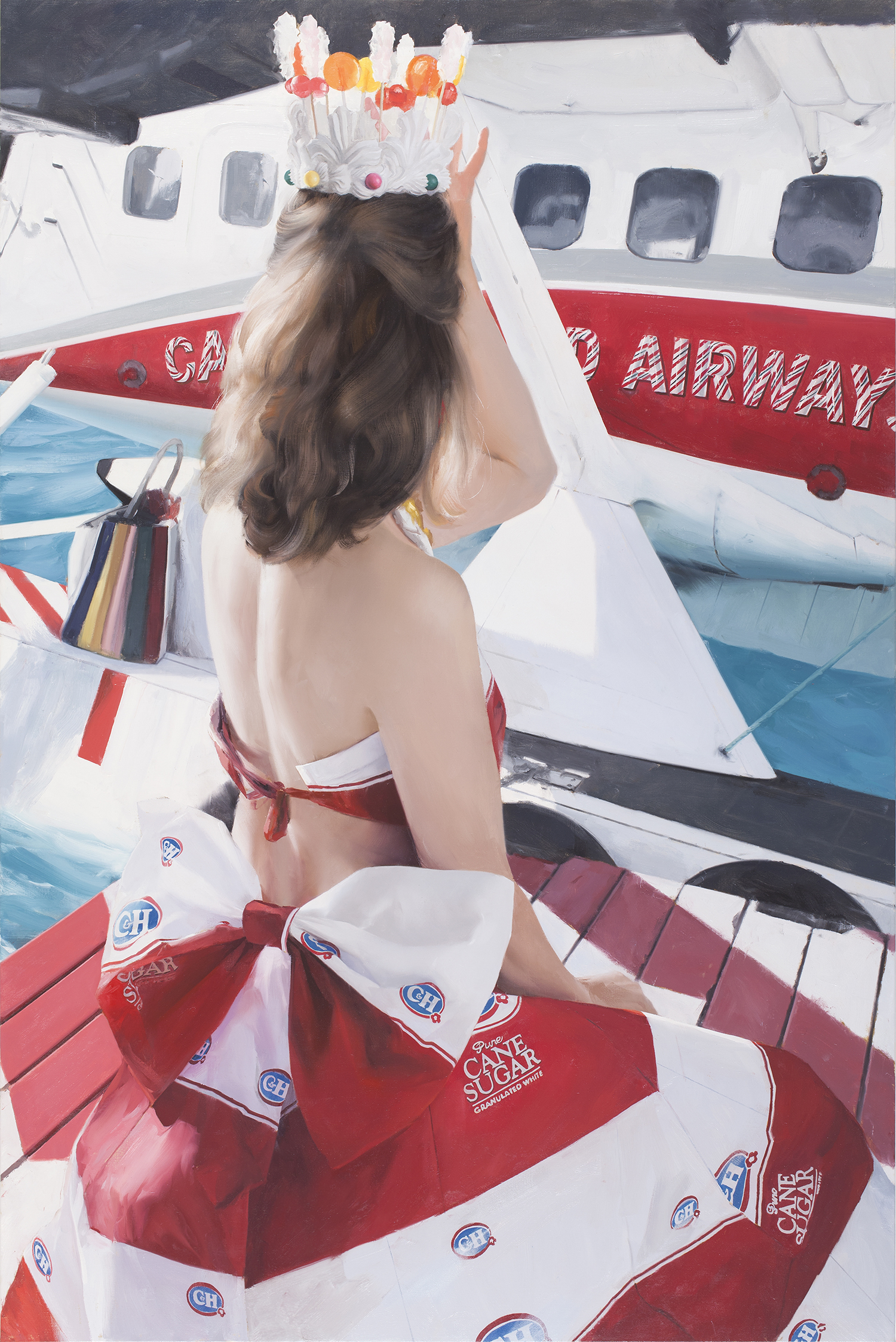 WILL COTTON
WILL COTTON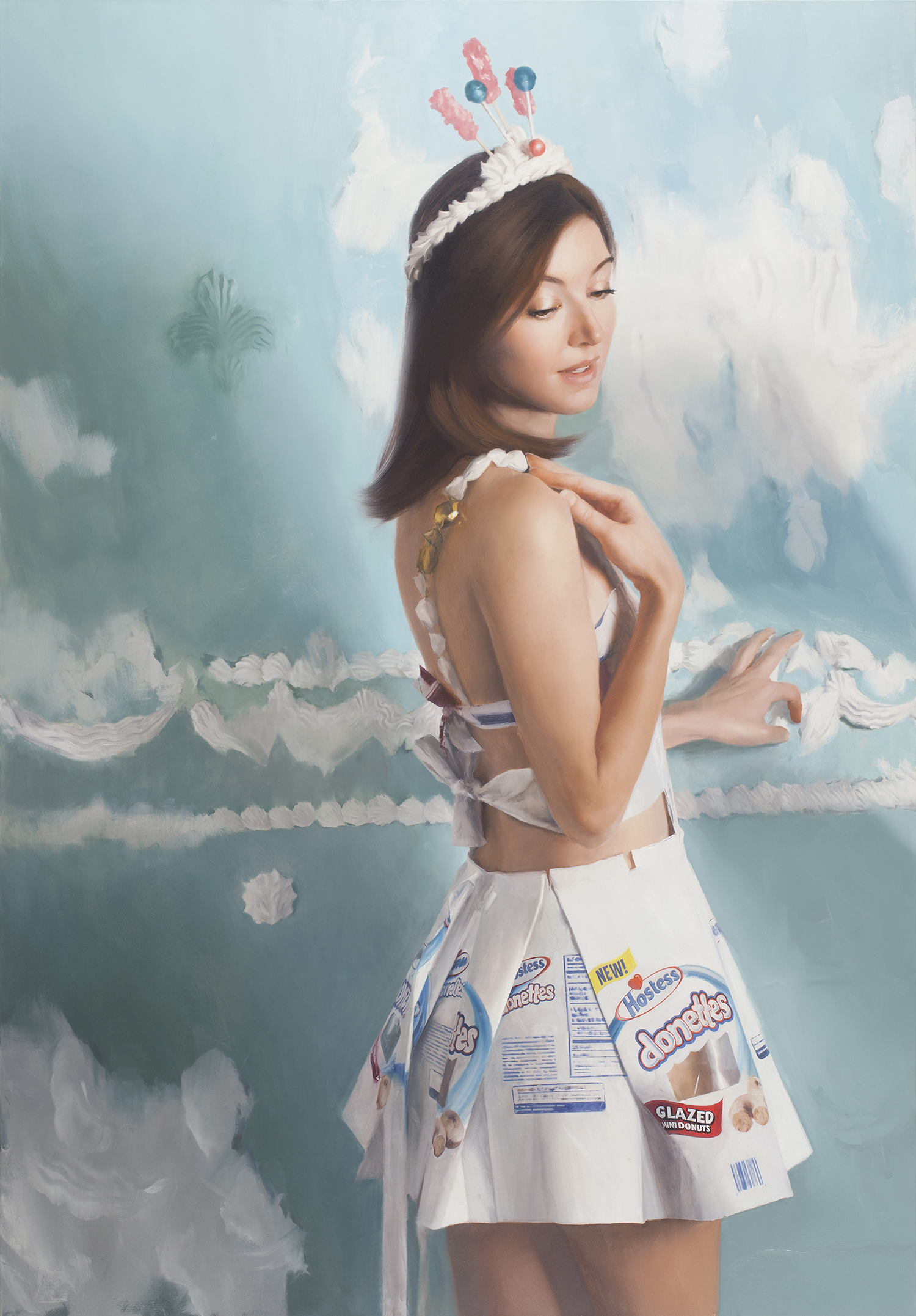
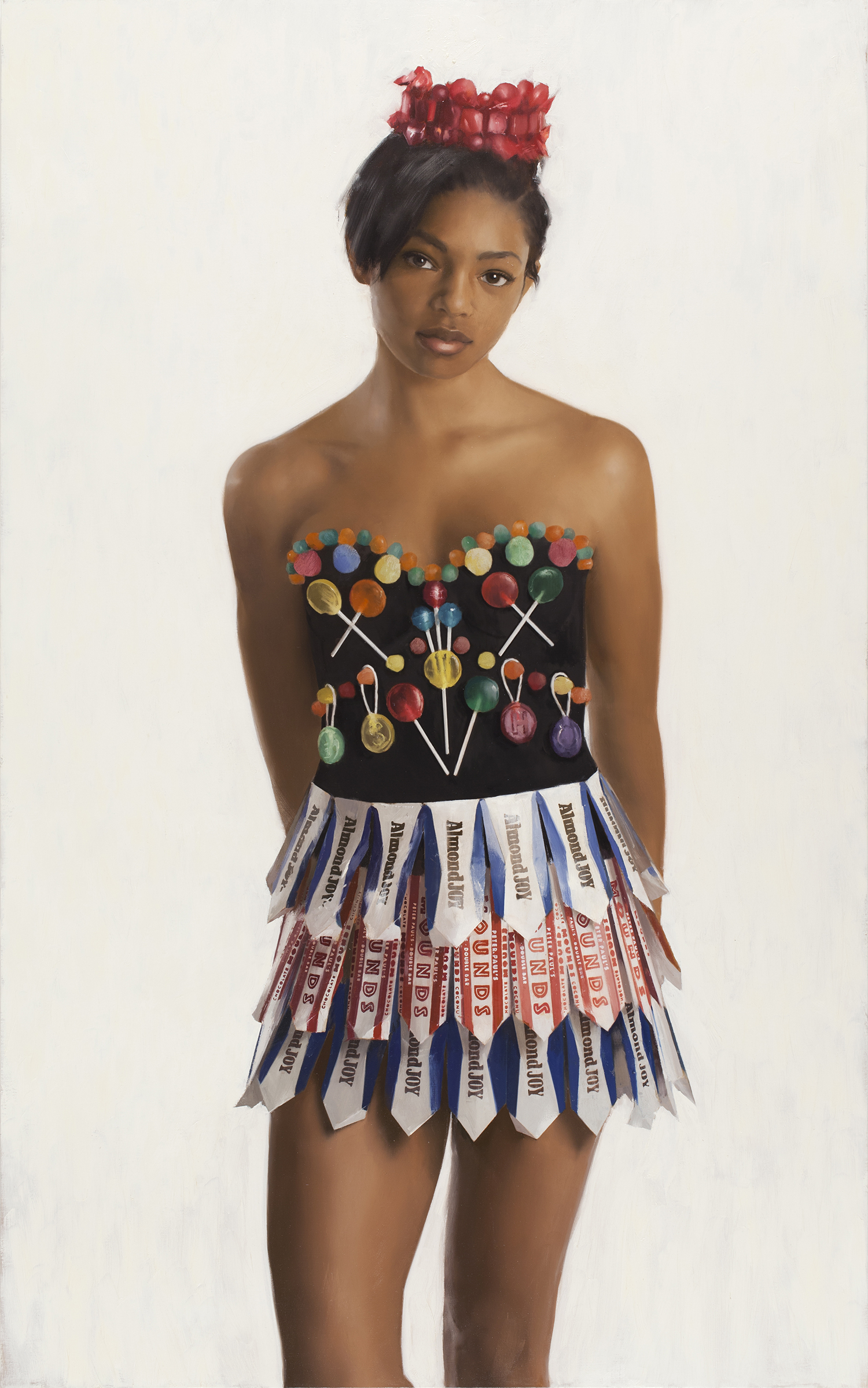

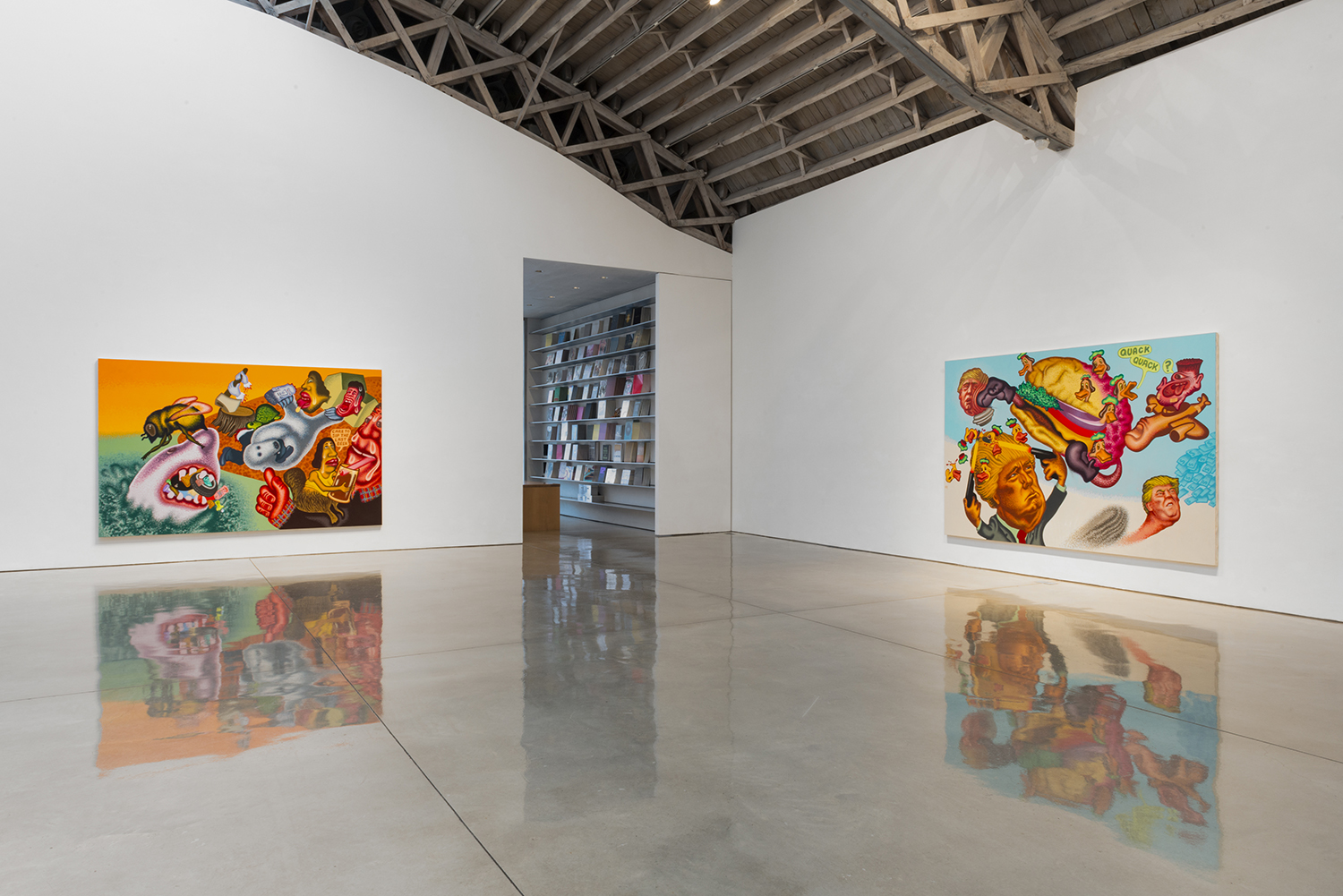
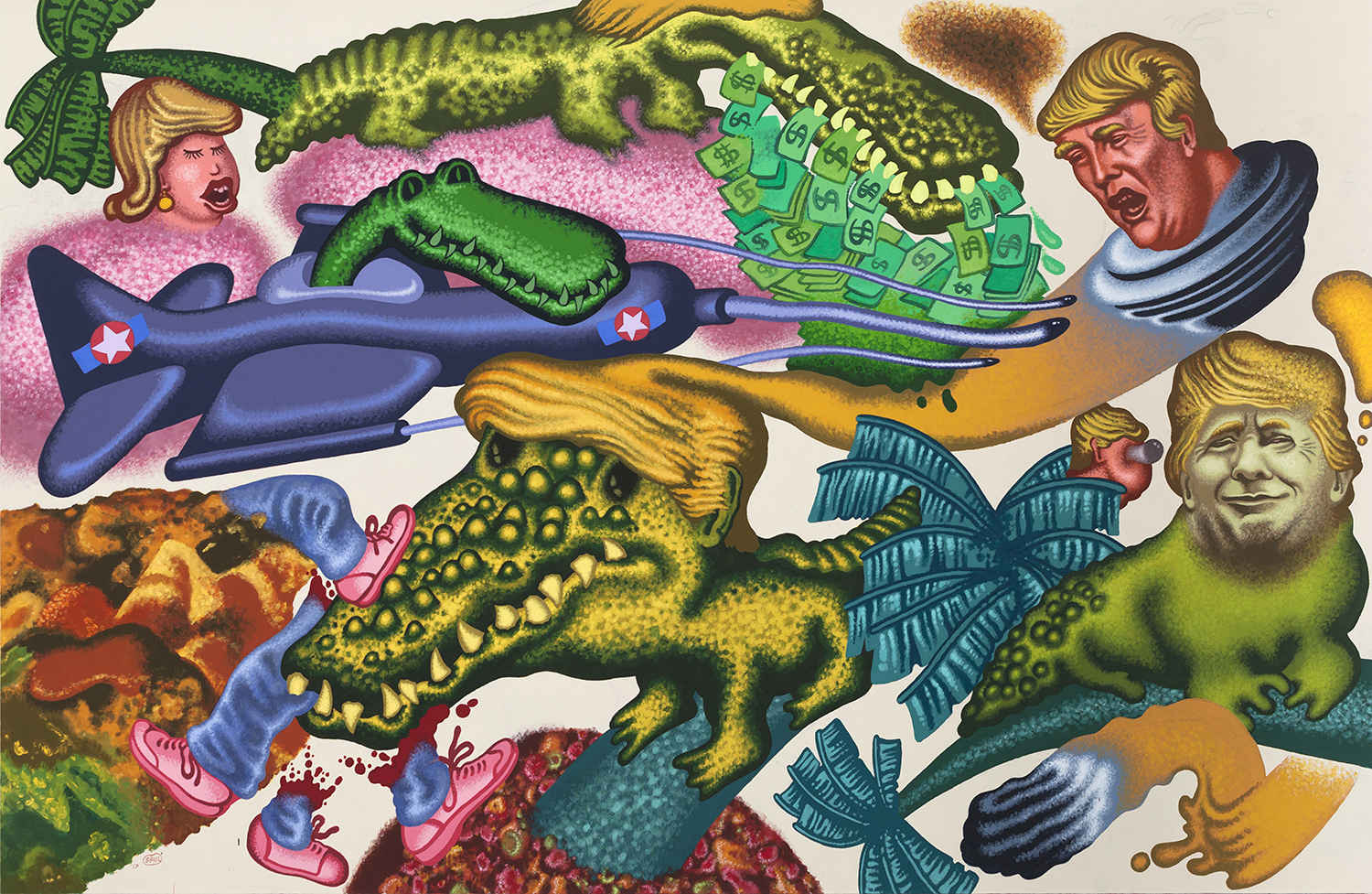

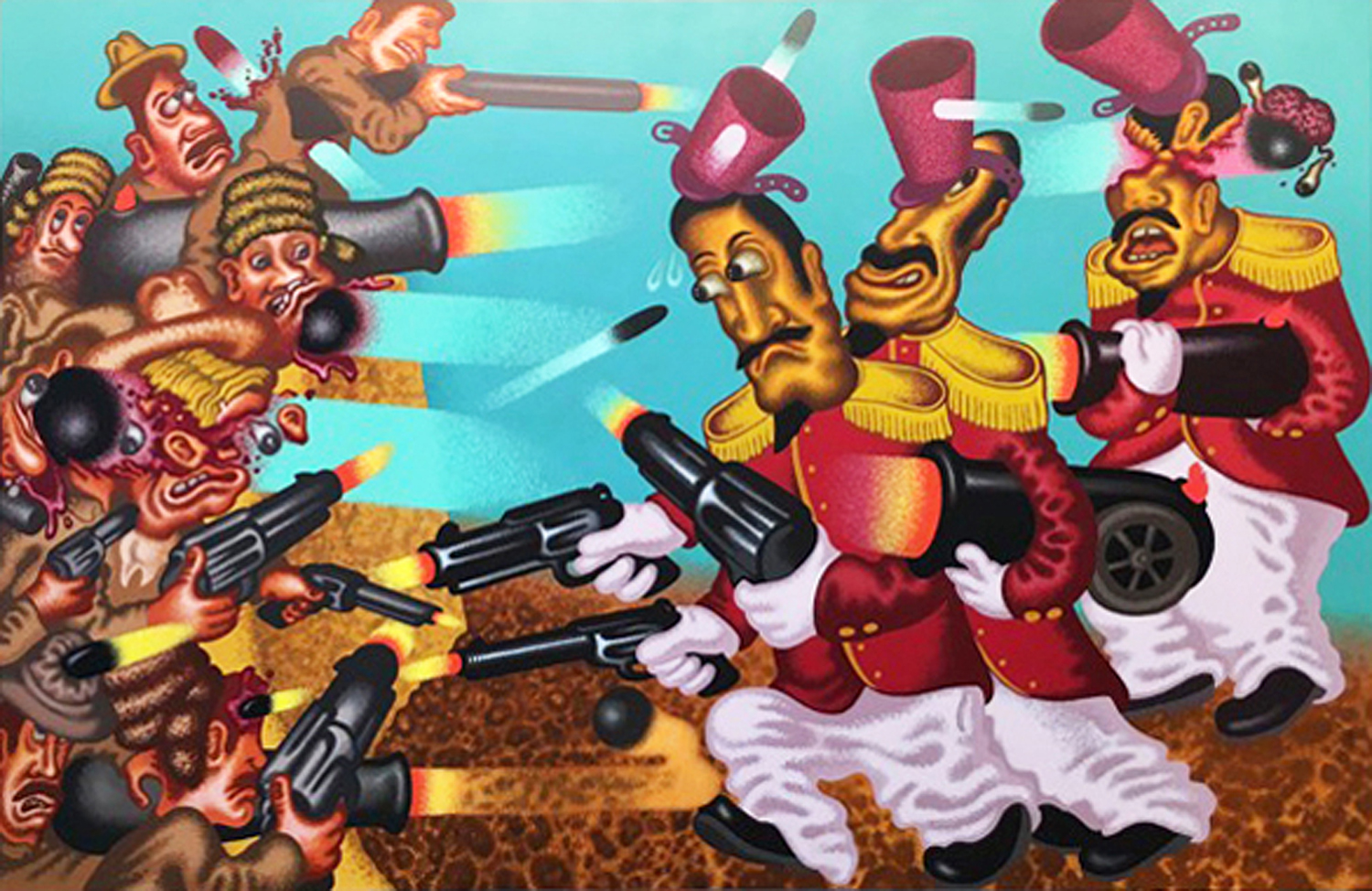
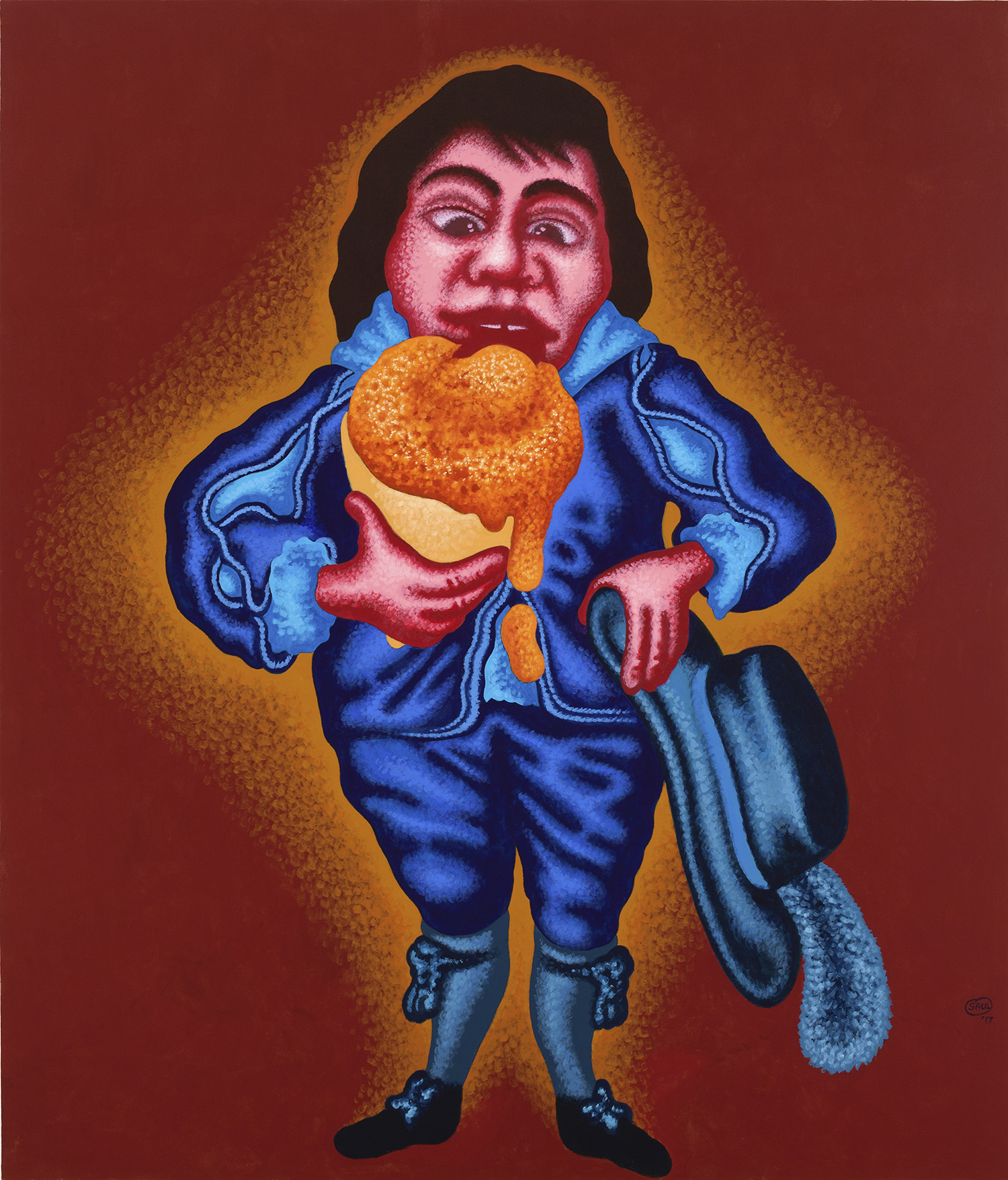
 Image courtesy of depechemode.com.
Image courtesy of depechemode.com.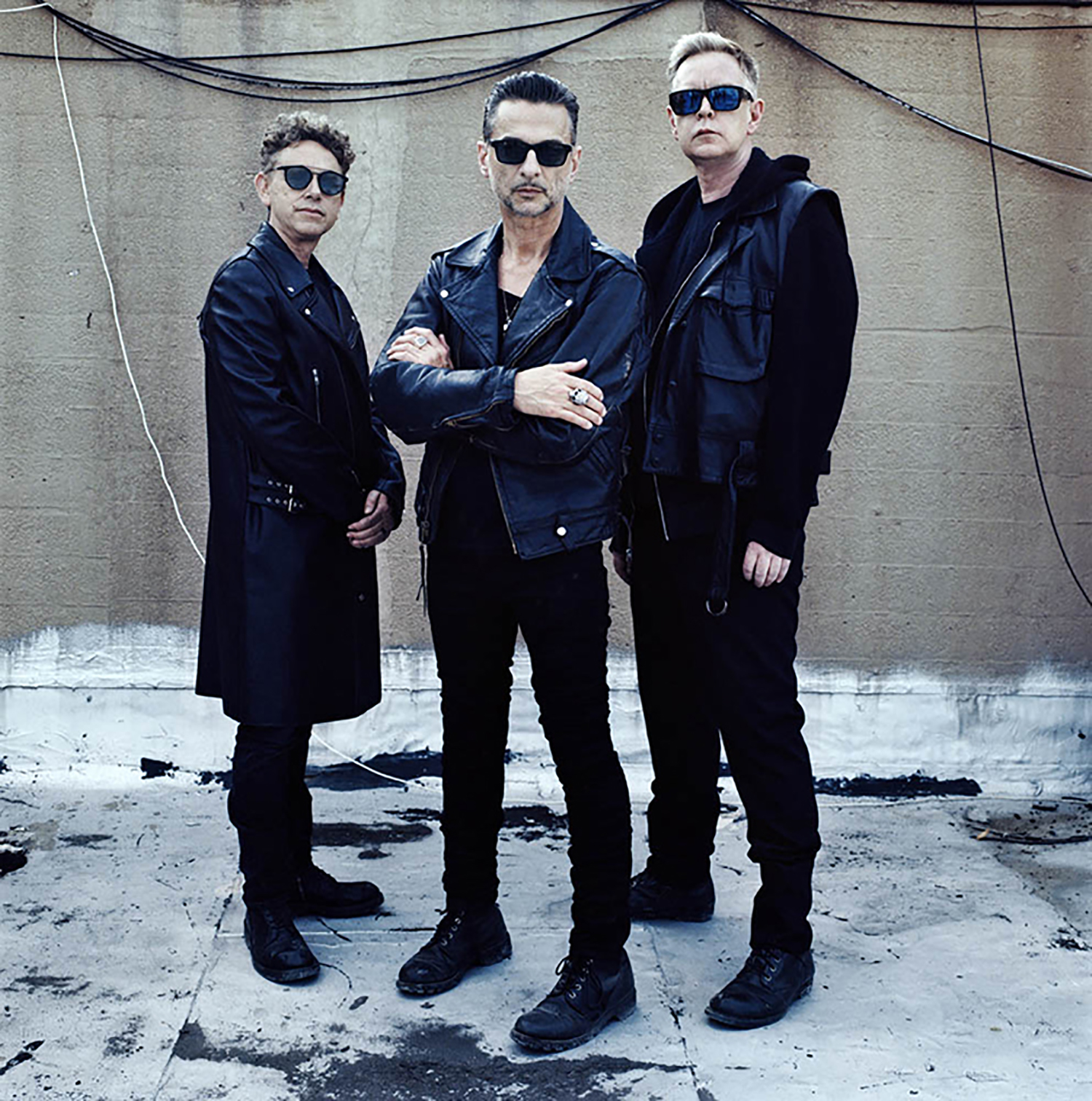 Image courtesy of depechemode.com.
Image courtesy of depechemode.com.

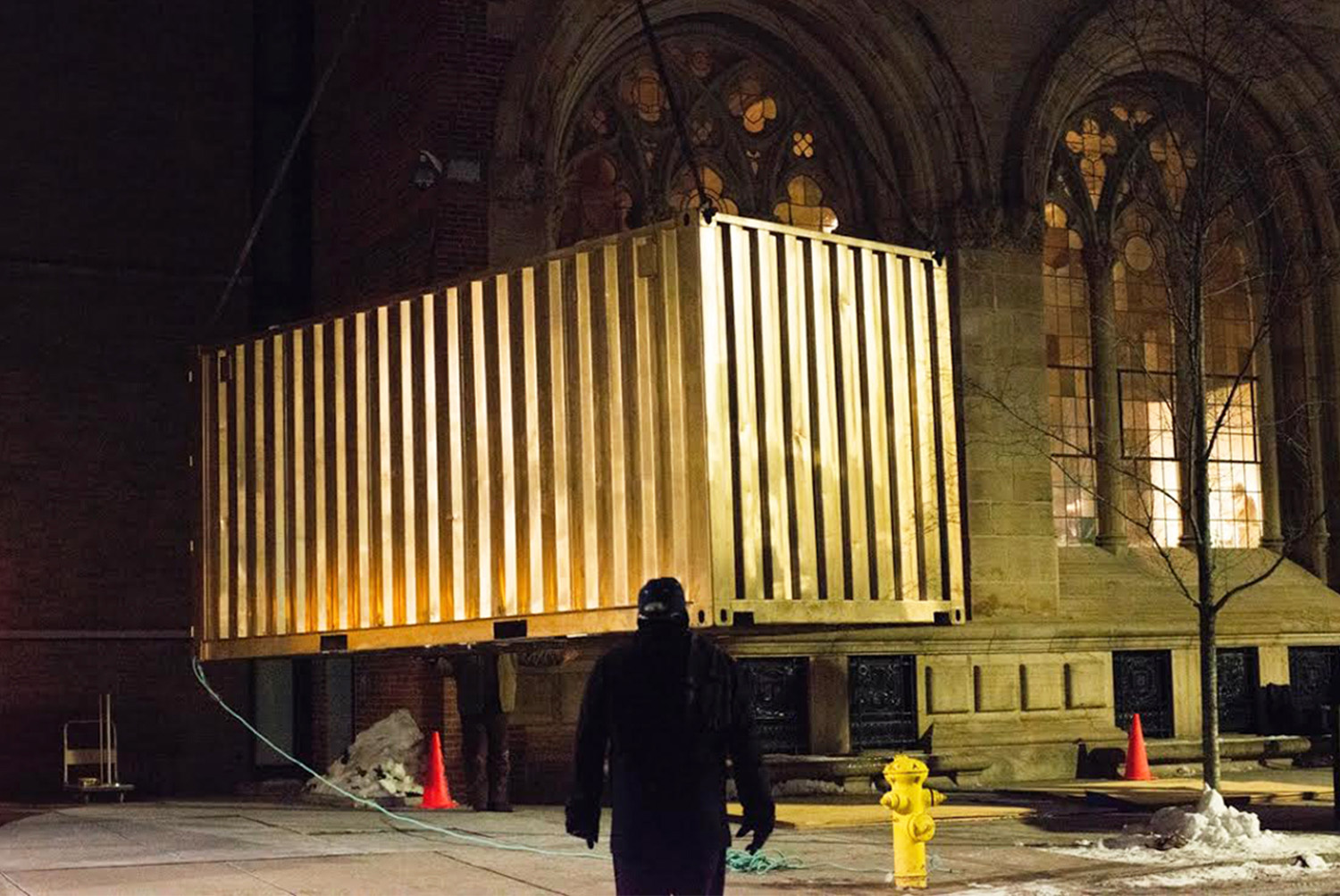
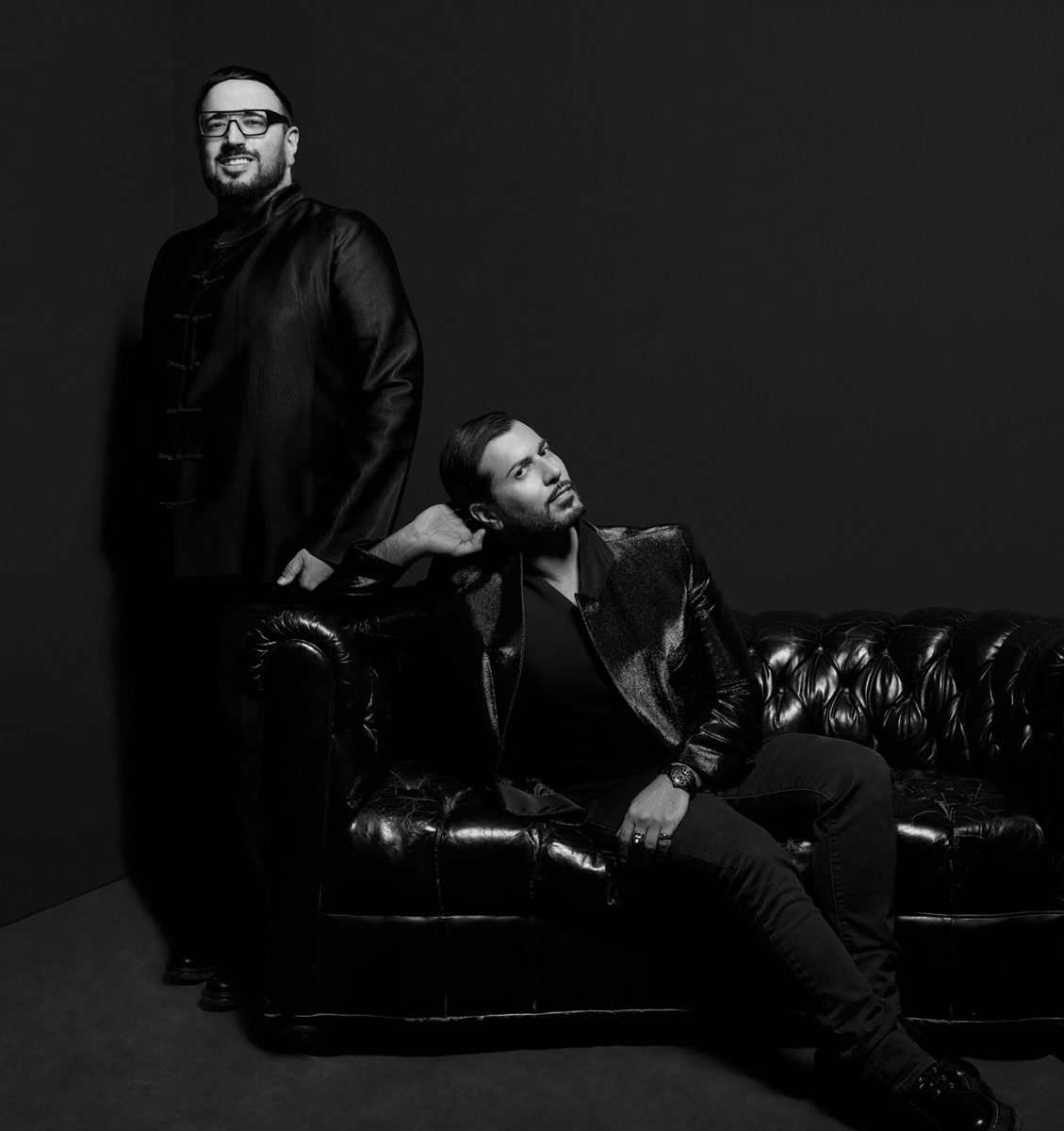
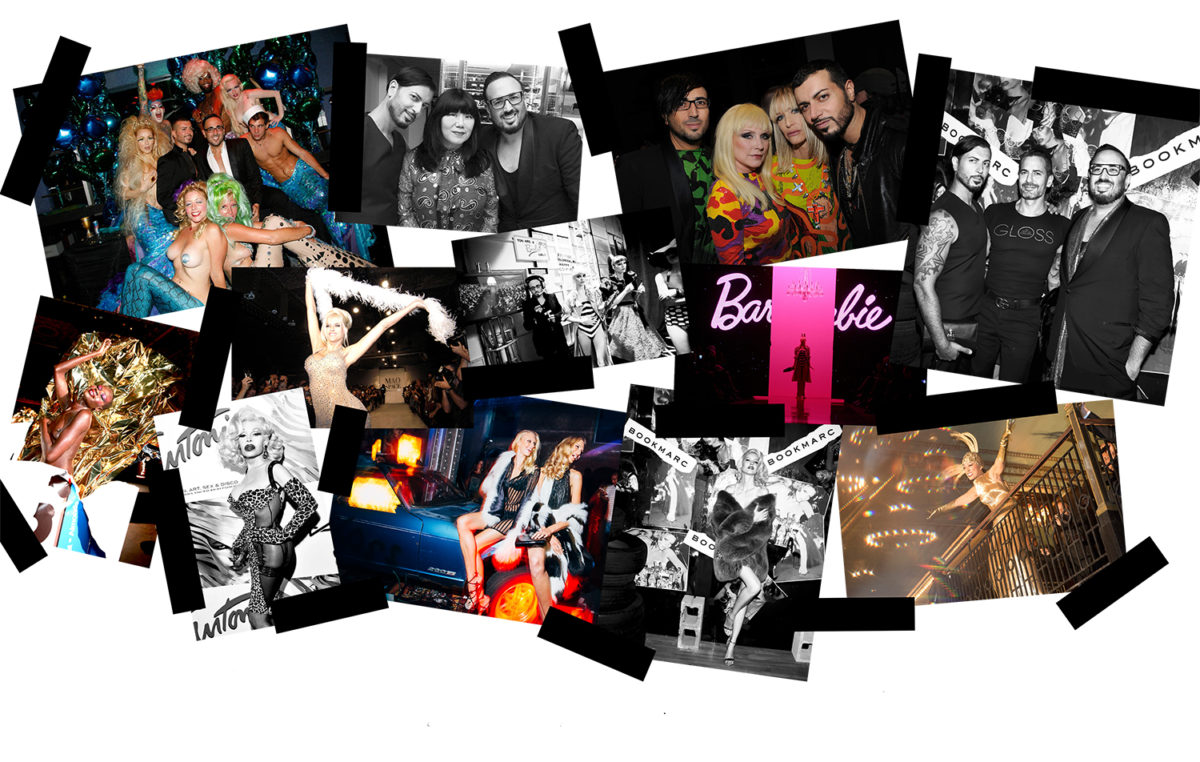
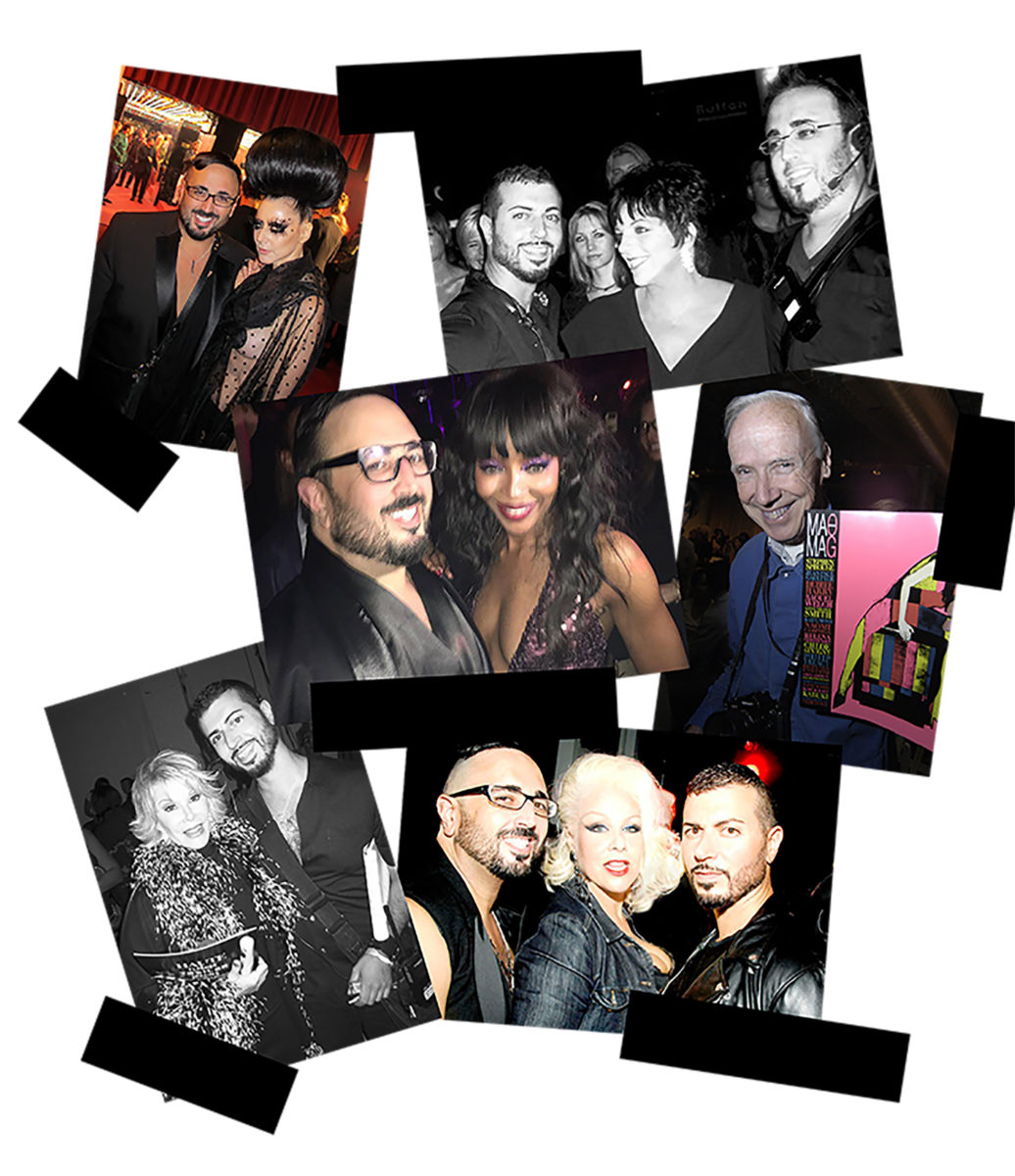
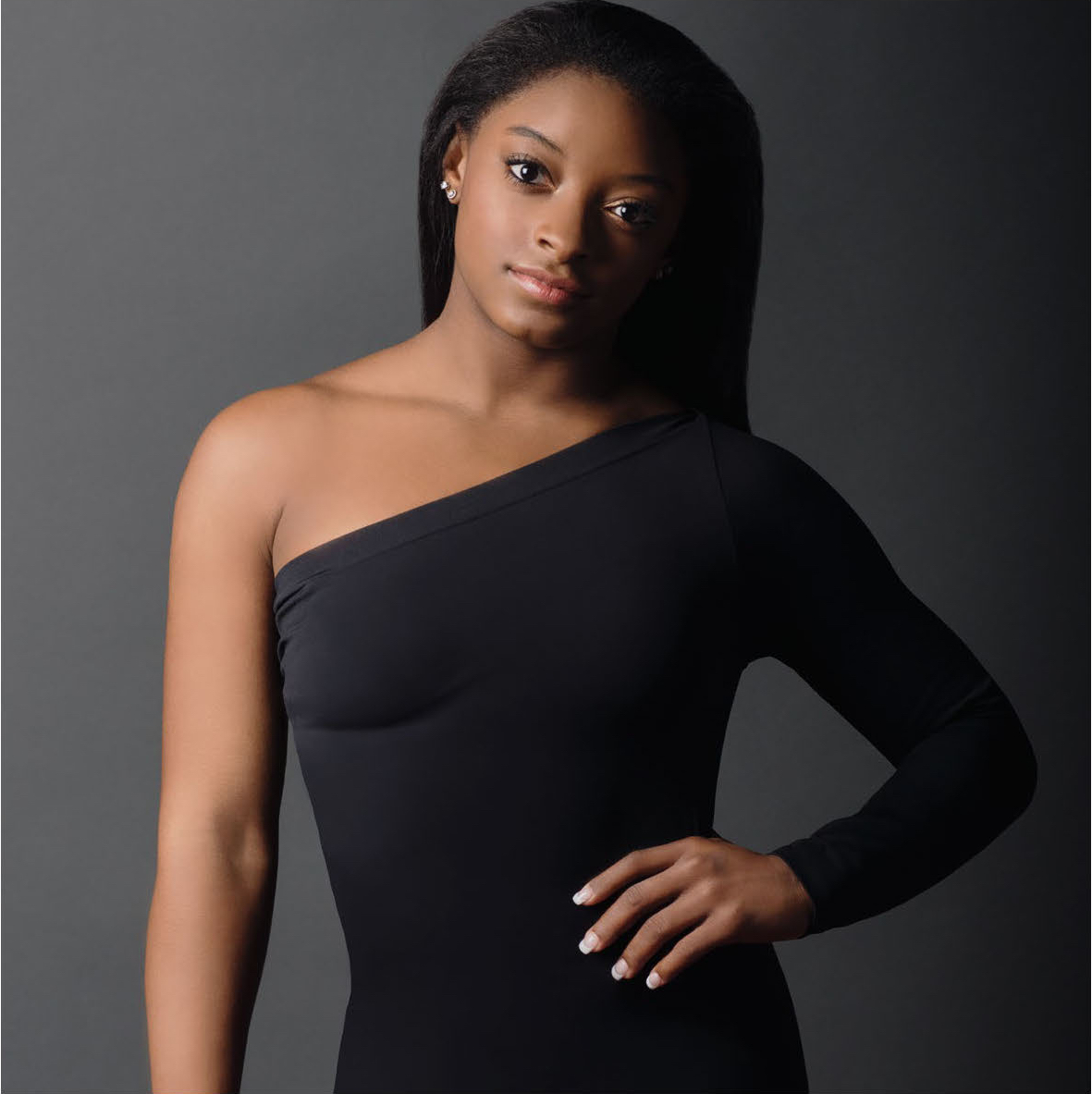
 40 ans, 2016, Model : Pierre et Gilles, Without Frame : 105 Å~ 84 cm, With Frame : 123.5 Å~ 102 cm Galerie Daniel Templon, Paris˝ Pierre et Gilles, Courtesy Galerie Templon, Paris et Bruxelles
40 ans, 2016, Model : Pierre et Gilles, Without Frame : 105 Å~ 84 cm, With Frame : 123.5 Å~ 102 cm Galerie Daniel Templon, Paris˝ Pierre et Gilles, Courtesy Galerie Templon, Paris et Bruxelles Vénus marine, 2000, Model : L.titia Casta Without Frame : 122.5 Å~ 91.5 cm, With Frame : 228 Å~ 164 cm The Cultural Foundation EKATERINA, Moscou ˝ Pierre et Gilles
Vénus marine, 2000, Model : L.titia Casta Without Frame : 122.5 Å~ 91.5 cm, With Frame : 228 Å~ 164 cm The Cultural Foundation EKATERINA, Moscou ˝ Pierre et Gilles Sainte Mary MacKillop, 1995, Model: Kylie Minogue Without Frame: 85.7 Å~ 71.4 cm, With Frame: 112.7 Å~ 98.5 cm, Collection St.phane Sednaoui, New York ˝ Pierre et Gilles
Sainte Mary MacKillop, 1995, Model: Kylie Minogue Without Frame: 85.7 Å~ 71.4 cm, With Frame: 112.7 Å~ 98.5 cm, Collection St.phane Sednaoui, New York ˝ Pierre et Gilles